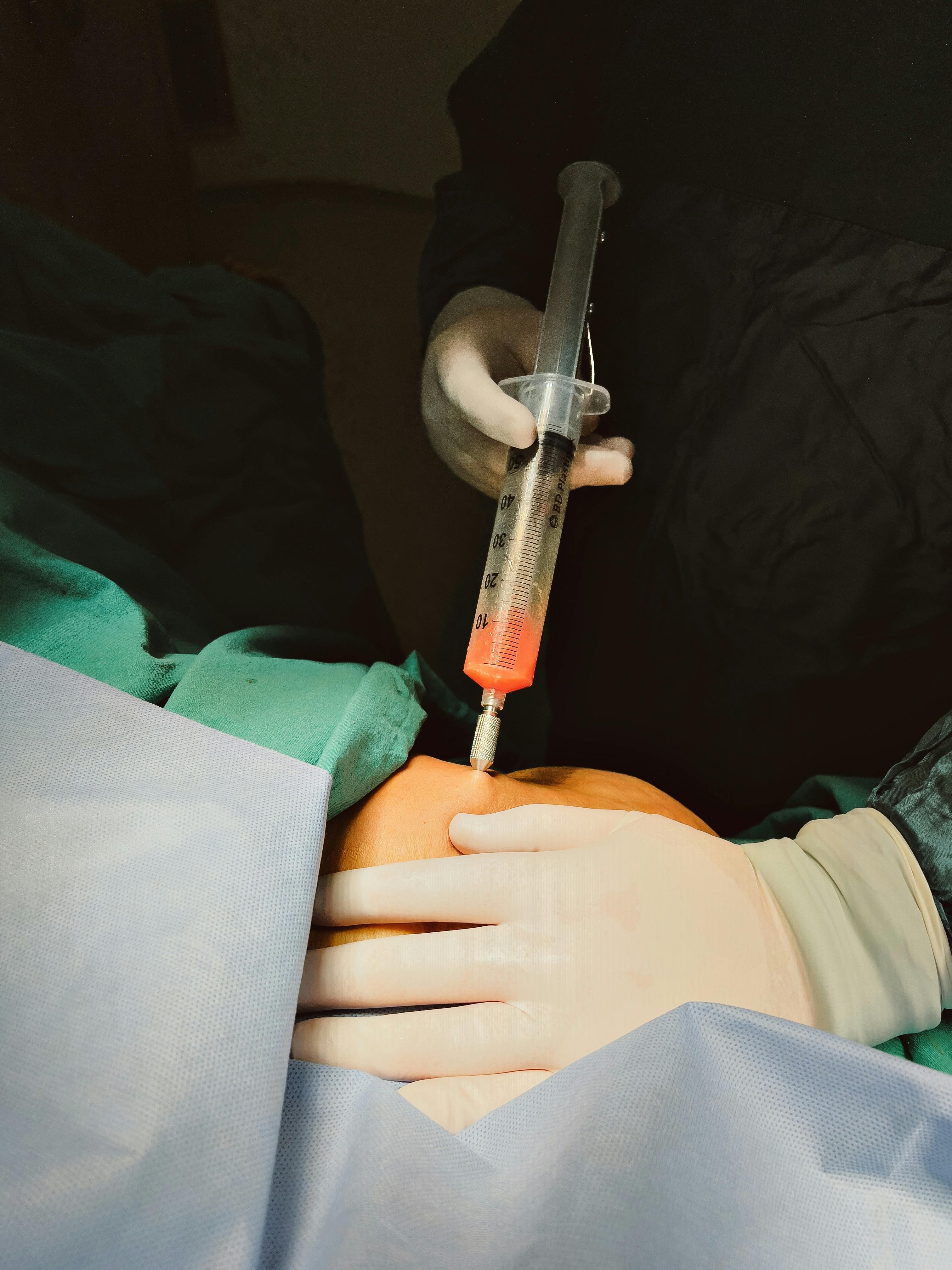Breaking Down the Latest Spinal Stenosis Treatments to Know in 2023
Spinal stenosis, a condition where the spinal canal narrows and puts pressure on nerves, can cause discomfort and mobility issues. Recent treatment options include minimally invasive procedures, physical therapy, and advanced pain management techniques. These approaches aim to reduce symptoms and improve quality of life without major surgery.

Understanding Modern Non-Surgical Spinal Stenosis Treatments
Non-surgical approaches remain the first line of defense against spinal stenosis symptoms. Physical therapy has evolved significantly, with specialized programs focusing on core strengthening and posture improvement specifically designed for stenosis patients. These targeted exercises help create space in the spinal canal and relieve nerve pressure. Aquatic therapy has gained popularity as it provides resistance while reducing gravitational pressure on the spine.
Pain management techniques have also advanced, moving beyond traditional medications. Prescription anti-inflammatories with enhanced formulations offer longer-lasting relief with fewer side effects. Additionally, specialized nerve pain medications like gabapentin and pregabalin have become more precisely dosed for stenosis-specific symptoms, providing better outcomes with reduced drowsiness and other side effects that previously limited their usefulness.
Revolutionary Minimally Invasive Procedures for Spinal Stenosis
Minimally invasive spine surgery (MISS) represents one of the most significant advancements in spinal stenosis care. Unlike traditional open surgery requiring large incisions and muscle disruption, these techniques use specialized instruments inserted through tiny incisions. The Minimally Invasive Lumbar Decompression (MILD) procedure has shown particularly promising results, removing small portions of thickened ligament to decompress the spinal canal while preserving stability.
Endoscopic procedures have also transformed treatment options. Using small cameras inserted through minimal incisions, surgeons can visualize and address specific areas of compression with remarkable precision. These approaches typically result in less tissue damage, reduced blood loss, faster recovery times, and decreased post-operative pain compared to traditional surgery. Many patients return home the same day or after just one overnight hospital stay.
Innovative Technologies Enhancing Spinal Stenosis Treatment
Technology continues to revolutionize how specialists approach spinal stenosis. Image-guided procedures allow for unprecedented precision during treatments. Advanced imaging techniques like intraoperative CT scanning and computer navigation systems enable surgeons to visualize spinal structures in real-time, ensuring accurate placement of instruments and implants while minimizing risks to surrounding tissues.
Interspinous spacer devices represent another technological breakthrough. These small implants are inserted between the spinous processes (the bony projections along the back of the spine), creating additional space for compressed nerves without the need for extensive tissue removal. The latest generation of these devices offers improved design and materials, making them more durable and effective at maintaining spinal alignment and decompression.
Regenerative Medicine Approaches for Spinal Stenosis
Regenerative medicine techniques are gaining traction in spinal stenosis treatment. Platelet-rich plasma (PRP) therapy involves injecting concentrated platelets from a patient’s own blood into affected areas to stimulate healing and reduce inflammation. While still considered somewhat experimental for spinal stenosis, early clinical studies show promising results for appropriate candidates.
Stem cell therapy represents another frontier in treatment. Mesenchymal stem cells harvested from a patient’s bone marrow or adipose tissue can be injected into degenerative discs or joints to potentially regenerate damaged tissue. Research continues to evaluate long-term outcomes, but preliminary results suggest these treatments may help slow progressive degeneration in some patients with spinal stenosis.
Cost Considerations for Advanced Spinal Stenosis Treatments
When considering treatment options, cost becomes an important factor for many patients. Treatment expenses vary significantly based on the approach, provider, location, and insurance coverage.
| Treatment Option | Estimated Cost Range | Insurance Coverage |
|---|---|---|
| Physical Therapy | $75-$150 per session | Typically covered (with limitations) |
| Epidural Steroid Injections | $600-$1,800 per injection | Often covered with prior authorization |
| MILD Procedure | $5,000-$12,000 | Increasingly covered by Medicare/insurers |
| Minimally Invasive Surgery | $15,000-$50,000 | Generally covered with prerequisites |
| Interspinous Spacer | $8,000-$25,000 | Coverage varies by insurer |
| Regenerative Treatments | $2,000-$10,000 | Often not covered (considered experimental) |
Prices, rates, or cost estimates mentioned in this article are based on the latest available information but may change over time. Independent research is advised before making financial decisions.
The Future of Spinal Stenosis Care
The landscape of spinal stenosis treatment continues to evolve rapidly. Research is underway on artificial disc materials that better mimic natural spine mechanics while providing decompression. Enhanced biomaterials for interbody fusion devices offer improved integration with the body’s natural bone. Additionally, wearable technology and smartphone applications help patients track their progress and maintain proper posture and movement patterns during recovery.
Personalized medicine approaches are also emerging, with genetic testing potentially helping identify which patients will respond best to specific treatments. This targeted therapy approach aims to reduce the trial-and-error nature of finding effective interventions and improve overall outcomes for spinal stenosis patients.
As treatment options continue to expand, the collaboration between specialists becomes increasingly important. Comprehensive care teams including neurosurgeons, orthopedic surgeons, pain management specialists, physical therapists, and rehabilitation experts work together to develop customized treatment plans based on each patient’s specific needs, symptoms, and lifestyle goals.
This article is for informational purposes only and should not be considered medical advice. Please consult a qualified healthcare professional for personalized guidance and treatment.




